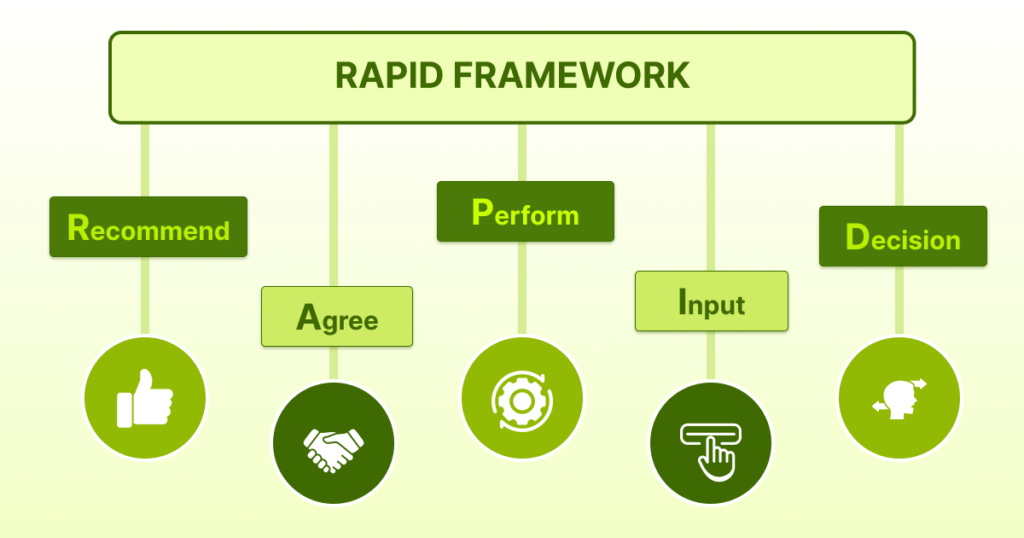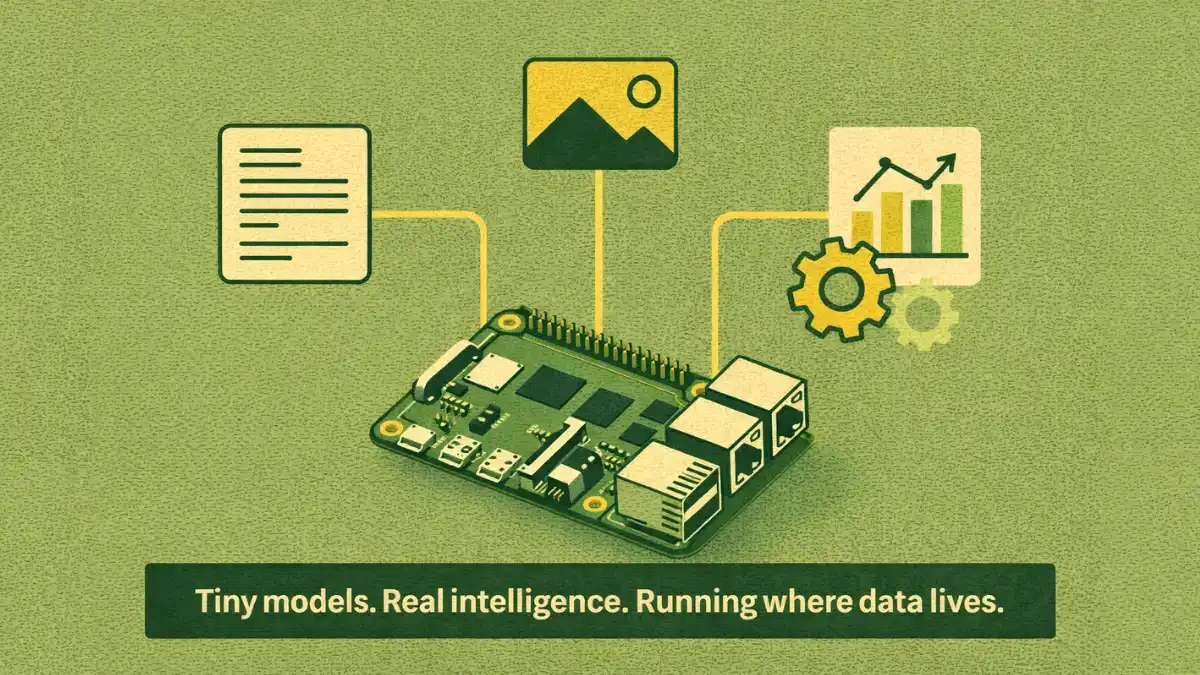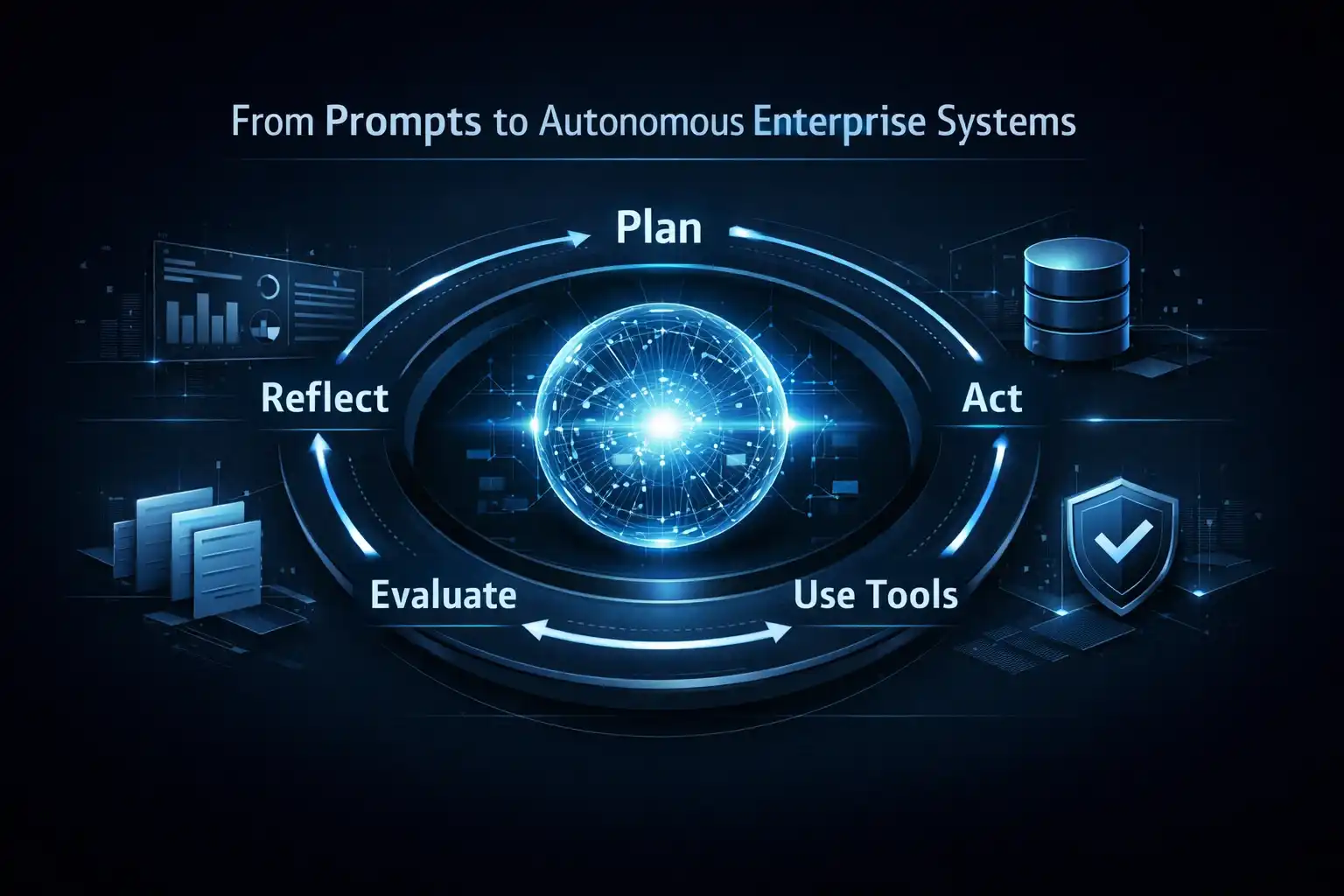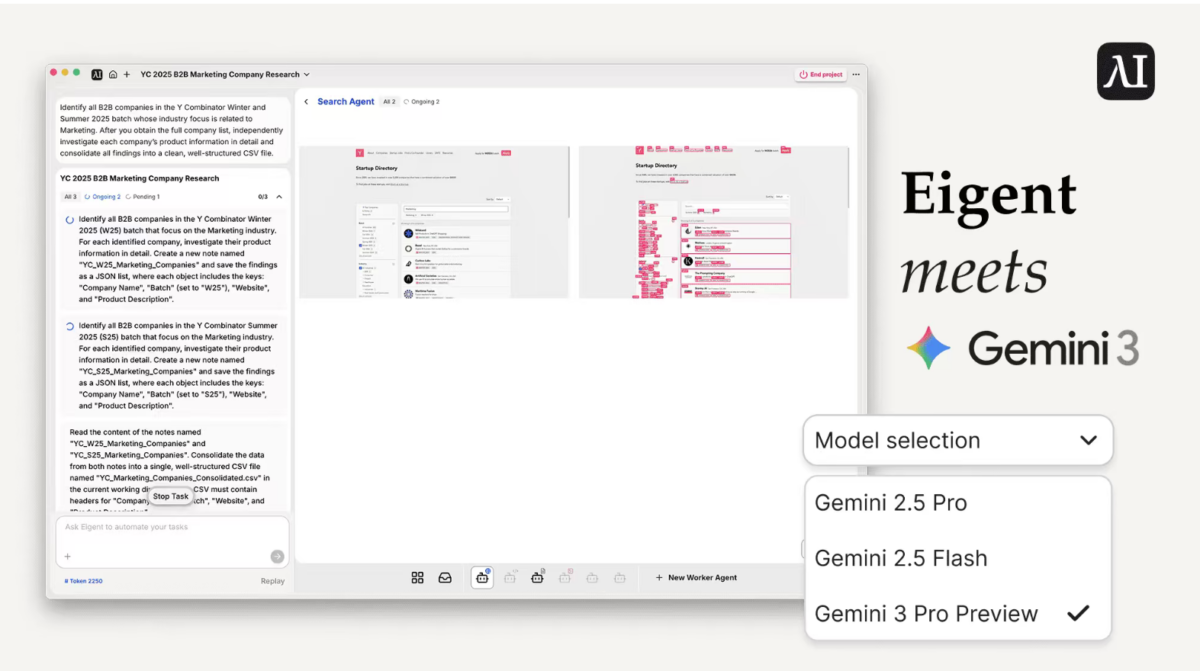RAPID Framework is a platform for software developers to create applications quickly. It has a set of pre-made templates to help speed up the development process. RAPID Framework helps developers to save time and remove errors in their code. This article will tell you about how RAPID Framework works and why it is useful while developing software.
What Is RAPID Framework?
RAPID Framework is a complicated technology that simplifies the software development process and allows developers to create applications. It includes a complete set of pre-built components and libraries that decrease the time and effort required to build powerful applications. The framework is intended to be very adaptable which makes it appropriate for projects of different sizes.
RAPID also encourages best practices among development teams which helps to preserve code quality and consistency. The RAPID Framework gives built-in debugging and testing tools that help developers detect and fix issues early in the development cycle.
According to a Bain & Company study, companies that use RAPID showed a 40% faster result with decision-making than those without a RAPID framework. The decision quality of these companies improved by 50% as a result of good role descriptions.
History and Origin of RAPID
Bain & Company is a multinational management consulting firm that developed the RAPID framework to deal with the problems that are common in organizational decision-making processes. Bain developed the RAPID framework to give clarity and companies knowing that confusing roles and duties can result in delayed decisions.
The framework was created to simplify decision-making by assigning particular tasks and making sure that the proper people are involved at the appropriate stages. RAPID was used in Bain’s consulting projects to assist customers make more productive decisions. Its success eventually started to spread across a lot of industries like finance and manufacturing. The approach proved useful in large businesses with complicated systems where clear responsibility is needed.
The 5 Roles of RAPID Development Framework
Since the platform clarifies roles and duties, here are the 5 roles that must be included in RAPID:
1) Recommendation
This role is in charge of acquiring information and recommending the next steps. The person in this job makes the initial recommendation and explains why. They also give the required history and context to help with informed decision-making.
2) Agree
Before the advice can be implemented, the person in this role must agree with or approve it. These people represent multiple departments or parties with an interest in the outcome. Their approval guarantees that the recommendation is consistent with the organization’s aims and objectives.
3) Perform
The perform role means carrying out the decision once it has been made. This person or group is accountable for carrying out the agreed-upon actions. They make sure that the decision is carried out successfully and within the specified time frame.
4) Input
People in this role give the required information and details to help shape recommendations. They are consulted for their knowledge and experience in related fields. Their feedback helps to improve the recommendation and make sure that all important elements are included.
5) Decide
The deciding role is responsible for making the final decision. This person or group has the authority to make the decision based on the recommendations and comments received. Their decision is important and it creates the course for further implementation.
10 Benefits of Using RAPID to Make Decisions
Here are ten advantages of using the RAPID development framework:
1) Clear Accountability
RAPID creates accountability for each stage of the decision-making process. This accountability avoids uncertainty and makes sure that everyone understands their specific tasks. It also results in more effective and timely decisions.
2) Improved Efficiency
RAPID improves efficiency by simplifying roles and responsibilities which reduces the time spent making decisions. This efficiency helps firms to respond faster to opportunities and problems. Less time spent on unclear processes turns into faster decision implementation.
3) Better Collaboration
The framework promotes input from many stakeholders so that different points of view are considered. This collaborative approach leads to a more inclusive environment and helps with making more balanced and informed decisions.
4) Better Decision Quality
Having distinct roles for recommending and giving input increases decision quality. Each function needs unique knowledge and expertise. This strict review procedure helps with more reliable and productive decisions.
5) Consistent Decision-Making
A structured strategy to achieve consistency in the RAPID framework for decision-making is important to ensure organizational stability. It helps align decisions with the company’s overall strategy and objectives.
6) Reduced Conflicts
RAPID reduces conflict and power disputes by specifying who has decision-making authority. Everyone understands their role and the scope of their effect. This transparency facilitates smoother communication and reduces conflicts within teams.
7) Increased Transparency
The framework encourages transparency by outlining each phase in the decision-making process. Stakeholders can understand how decisions are made and who is accountable for each part. Transparency promotes trust and confidence inside the organization.
8) Scalable Framework
RAPID is scalable and can be used to make decisions of different complexity. The framework adjusts to the requirements, whether for small tasks or huge strategic efforts. This adaptability makes it useful for any company.
9) Better Focus
Due to RAPID, people can focus on their respective roles without overstepping bounds. This approach reduces distractions and promotes better work completion. It ensures that every step of the decision-making process is executed with precision and experience.
10) Facilitates Implementation
The Perform function ensures that choices are carried out efficiently once made. This clear path from choice to action helps the decision’s advantages be realized more quickly. It also ensures that strategic plans are properly converted into operational actions, which results in better results.
5 RAPID Framework Examples
Here are some examples of how the RAPID framework can be used in different scenarios:
1) New Product Launch
- Recommendation: The product development team conducts market research and competition analysis to suggest new products.
- Agree: The marketing and finance departments analyze the plan to make sure that it is in line with the company’s goals and budget limits.
- Perform: The product launch team executes the plan by coordinating production and sales tactics.
- Input: The customer service team shares information on probable customer complaints and feedback from past product releases.
- Decide: Based on the recommendations and feedback received, the executive team decides whether to proceed with the product launch.
2) Strategic Partnership
- Recommendation: The business development team proposes forming a strategic collaboration with another company and outlines the benefits and risks.
- Agree: The legal and operations teams analyze the partnership proposal to make sure that it complies with all regulatory and financial standards.
- Perform: The operations team executes the partnership agreement and coordinates with the partner company to guarantee a smooth collaboration.
- Input: The marketing team shares information on how the partnership can be used to increase brand visibility and customer reach.
- Decide: The senior management team decides whether to approve or reject the cooperation based on the complete analysis offered.
3) Cost Reduction Initiative
- Recommendation: The finance team checks existing expenditures and gives a cost-cutting initiative to boost profitability.
- Agree: Department leaders from different units get the proposal to verify that cost-cutting initiatives do not negatively impact operations or staff morale.
- Perform: The operations team performs strategies such as renegotiating supplier contracts and improving resource allocation.
- Input: The human resources department suggests handling any potential impact on staffing and employee engagement.
- Decide: The executive committee makes the ultimate decision to adopt the cost-cutting program so that it is consistent with the company’s long-term strategic objectives.
4) IT System Upgrade
- Recommendation: The IT team suggests improving the current IT system to increase efficiency and security with a thorough plan and cost estimate.
- Agree: The finance and security departments evaluate the plan to make sure it is financially viable and meets security requirements.
- Perform: The IT team completes the system upgrade while cooperating with multiple departments to minimize disruption.
- Input: The user experience team gives feedback on prospective user interaction and system usability changes.
- Decide: The CIO makes the final decision to authorize the IT system update after conducting a thorough review and receiving input from relevant departments.
5) Marketing Campaign
- Recommendation: The marketing team gives a new advertising campaign to increase brand awareness and outline the target audience and budget.
- Agree: The sales, finance, and product development teams assess the campaign to meet sales targets and budget limits.
- Perform: The marketing staff oversees the advertising campaign and works with external agencies.
- Input: The data analytics team helps to refine the approach by giving information about client feedback and prior campaign performance.
- Decide: After reviewing the full plan and receiving comments, the Chief Marketing Officer (CMO) makes the final choice to begin the advertising campaign.
Things to Watch Out for When Using RAPID
It is important to learn how the process runs smoothly and efficiently when using the RAPID framework. Here is what to look out for:
1) Role Confusion
Make all team members understand their roles and responsibilities under the RAPID framework. Any confusion can result in overlapping responsibilities and missing tasks. Clear communication and documentation is important for avoiding uncertainty.
2) Overcomplicating the Process
The framework should make decision-making easier rather than complicated. Avoid adding additional processes or involving too many people, as these can slow down the process. Keep the structure lean and focused on the most important roles.
3) Resistance to Change
Some team members are always hesitant to adopt the RAPID framework due to unfamiliarity or discomfort with new methods. Give them enough training and support to ease the transition. You will need to show them the benefits to get support from everyone.
4) Ignoring Input
The Input role is important for gaining different perspectives and knowledge. Make sure that the input is seriously reviewed and included in the decision-making process. Ignoring important information can result in bad decisions and lower morale.
5) Delays in Agreement
If approvals are delayed, the Agree role can create a bottleneck. Create a specific deadline and expectation for checking and agreeing on recommendations. Good and timely decision-making is important to maintaining momentum and avoiding project delays.
6) Lack of Accountability
Each function in the RAPID framework carries certain duties. Everyone should be accountable for their assignments and deliverables. Regular check-ins and progress updates can help maintain accountability.
7) Overlooking the Perform Role
Effective execution is important for reaping the benefits of a decision. You will need to pay particular attention to the Perform role so that choices are carried out successfully and within the specified timeframe. Give the execution team all the resources and support it needs.
8) Insufficient Communication
Effective communication is important for the RAPID framework’s success. Maintain open and transparent communication channels for all roles. Regular updates and feedback can keep everyone in sync and informed.
9) Neglecting Follow-Up
After making a choice, follow-up is needed to track progress and resolve any possible difficulties. Systems should be created to track implementation and measure outcomes. Continuous improvement should be part of the procedure.
10) Lack of Flexibility
The RAPID framework provides structure, but it should not be inflexible. Be prepared to personalize the framework to the requirements of different decisions and projects. Flexibility can help the framework become more effective and relevant.
Conclusion
The RAPID framework helps organizations make better decisions by clearly outlining roles and responsibilities. It defines who does what during the decision-making process. RAPID helps teams minimize confusion and decrease delays, which ensures that choices are well-informed and properly implemented. All the information related to the RAPID framework has been explained above in complete detail.
FAQs
How Does RAPID Help With Decision-Making?
RAPID promotes decision-making by creating clear roles and responsibilities. This clarity helps to remove uncertainty and ensures that decisions are made in an educated and effective way.
What’s the Difference Between RAPID and RACI?
RACI clarifies duties and responsibilities for certain tasks and procedures to ensure their smooth operation. On the other hand, RAPID focuses on defining responsibilities in the decision-making process to help with effective decision-making.
How to Use the RAPID Model?
The RAPID model assigns a single person or group responsibility for each step in the decision-making process. This precise division of responsibilities helps with better decision-making.








